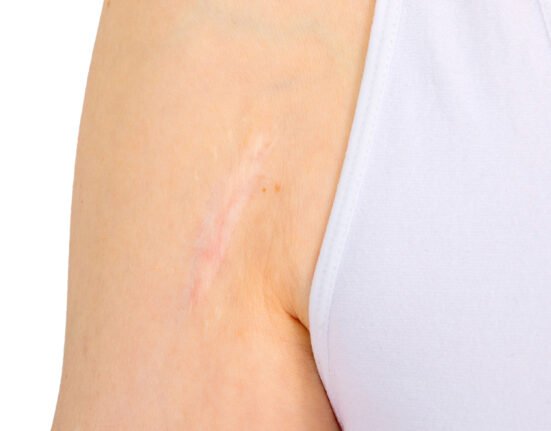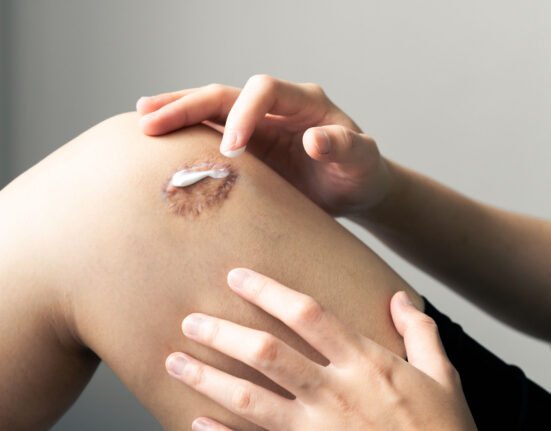Have you or someone you know kept picking or scratching their skin until it bled, scabbed, or left scars? It may seem like a harmless habit, but it could be something more serious: dermatillomania.
What Is Dermatillomania?
Dermatillomania (also known as skin-picking disorder or excoriation disorder) is a mental health condition where a person compulsively picks, scratches, or squeezes their skin. It’s more than just a habit. It’s part of the obsessive-compulsive disorder (OCD) spectrum.
While anyone can experience it, dermatillomania often begins during puberty and is more commonly seen in women. Sometimes, it’s triggered by skin conditions like acne or eczema.
How Is It Different from OCD?
Even though it’s categorized under OCD, dermatillomania has some unique traits:
- No classic obsessive thoughts. Intrusive thoughts or irrational fears often plague people with OCD. In dermatillomania, those thoughts may not be present.
- Relief after the act. Picking brings temporary relief or satisfaction, even though it harms the skin.
- Self-damaging behavior. While OCD doesn’t always cause physical harm, dermatillomania can lead to severe wounds, infections, or even permanent scarring.
What Are the Symptoms?

The main sign of dermatillomania is the strong, often uncontrollable urge to touch, scratch, pick, or squeeze the skin, consciously or unconsciously.
Common target areas include:
- face, scalp, neck;
- hands, fingers, arms;
- legs, knees, toes.
Triggers vary—stress, boredom, anxiety, or fatigue can all trigger the behavior. It may even happen during idle moments like watching TV, reading, or sitting alone.
People use various methods: nails, fingers, tweezers, pins, or even teeth (especially for picking at lips). Left untreated, the wounds can infect, resulting in visible, lasting scars.
Complications: More Than Just Skin Deep
The damage from repetitive picking can lead to:
- Bleeding and infection.
- Darkened or thickened scars.
- In rare cases, sepsis is a dangerous, body-wide infection.
- The need for skin grafts in extreme cases.
Beyond physical issues, the emotional toll can be heavy. Many people feel embarrassed or withdraw from social situations because of their skin appearance. This can spiral into anxiety or depression.
Treatment and Care
If you or someone you know shows signs of dermatillomania, don’t brush it off. It’s not just a skin issue—it’s a mental health condition that needs proper care.
Helpful approaches include:
1. Psychotherapy
Therapies like CBT (Cognitive Behavioral Therapy) and habit reversal training can help break the cycle of skin picking.
2. Skin Care
Damaged skin needs proper care to prevent infection and promote healing. Some practical steps include:
- Clean wounds gently with a non-stinging antiseptic like wund+™ Wound Spray. It is safe for sensitive skin and doesn’t cause pain.
- Keep the skin moisturized using wund+™ Regeneration Cream to support healing and reduce scab formation (which can trigger further picking).
- Treat existing scars with wund+™ Scar Gel, made with Centella Reversa stem cells to help minimize scar appearance and improve skin texture.
Wounds on the Skin, Wounds Within
Dermatillomania shows how something as small as a scratch can run deeper than it seems.
These wounds may look minor, but the physical and emotional impact can be significant.
The good news is that this condition is treatable. With the proper support and care, healing is possible—inside and out.
If you are experiencing dermatillomania, don’t hesitate to seek help. Taking care of yourself isn’t a weakness.
It’s the first step toward a healthier, happier you.
References
Alodokter. Accessed in 2025. Dermatillomania: Kebiasaan Mencabuti Kulit.
Cleveland Clinic. Accessed in 2025. Dermatillomania Skin Picking.














Leave feedback about this